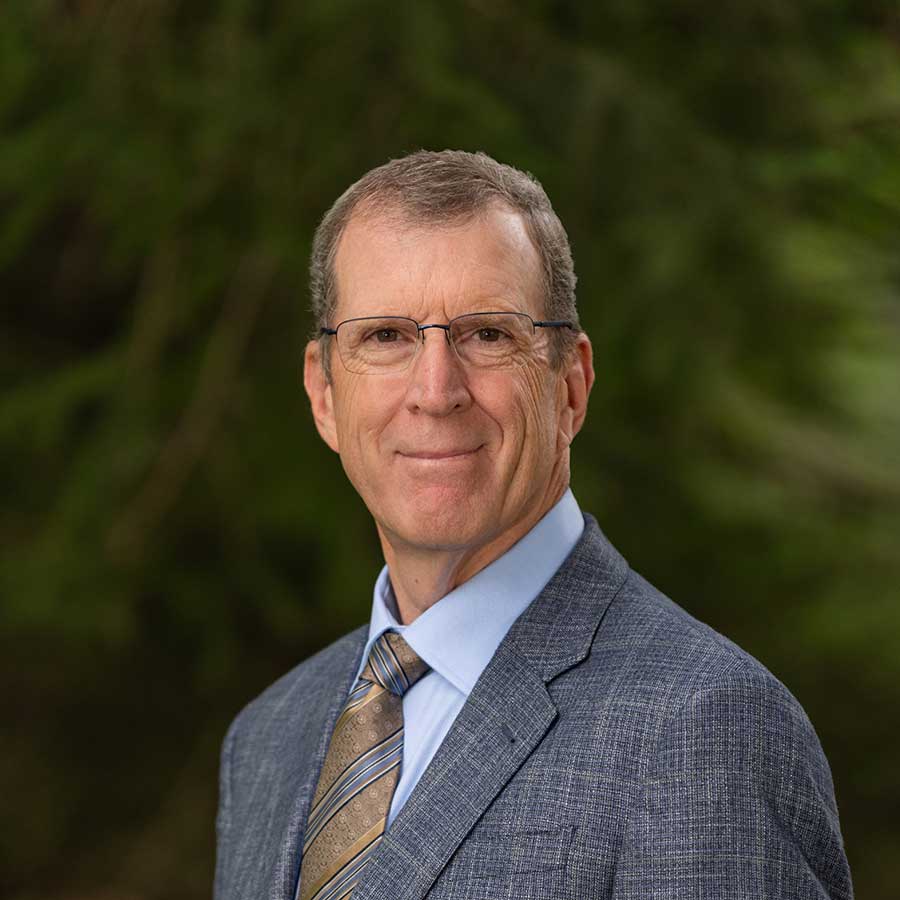
Past Presidents
From our first director Charles W. Eaton, Clarkson has been helmed by a long line of proud Golden Knights. Take a look at our past presidents' history and their contributions to our University since its founding in 1896. (By the way, the first four "presidents'" of Clarkson had the title "director.")
David K. Heacock ‘83, 18th President (2024 - 2025)

David K. Heacock ‘83 served as Acting President from July 2024 to March 2025. Heacock brought to the role more than 30 years of industry and research experience in semiconductor new product development and business management across several internationally respected semiconductor companies. In 1990, he helped grow Benchmarq Microelectronics, a successful start-up semiconductor in the field of Battery Management. Unitrode acquired Benchmarq in 1998, and was then acquired in 1999 by Texas Instruments (TI) through its acquisition of Unitrode Corporation. Dave then held various senior positions within TI, including leading the integration of the National Semiconductor acquisition for the company. He was Senior Vice President and General Manager of the Silicon Valley Analog Group for Texas Instruments when he retired in 2017.
Through his involvement with Palo Alto angel investor group The Band of Angels, Heacock served as Executive Chairman of StreamMosaic, a successful AI/ML start-up focused on semiconductor process improvement until it was acquired by PDF Solutions in April 2019. He also served on the Board of Directors for TheDetectionGroup, an IoT start-up focused on water leak detection in commercial real estate until its acquisition by Watts Water Technologies in December 2020.
In addition to consulting for semiconductor companies, he has served as president of Urban Works Santa Cruz, a 501(c)3 corporation focusing on using art and recreation to help create a more enriched, diverse and unified community, especially for adults with special needs. He is active in his community, supporting various non-profits, including the United Way Bay Area and The Boys and Girls Club of Silicon Valley. He earned his Bachelor’s in Engineering and Management from Clarkson University in 1983 and an MBA with a concentration in Finance from the University of North Texas in 1988. A member of the Clarkson Board of Trustees since 2017, Heacock has served on the Executive Committee, the Audit Committee, and has been the Chair of the Financial Affairs Committee, which includes the Budget, Investment, Facilities, and Development Subcommittees.
Marc P. Christensen, Ph.D., P.E., 17th President (2022-2024)
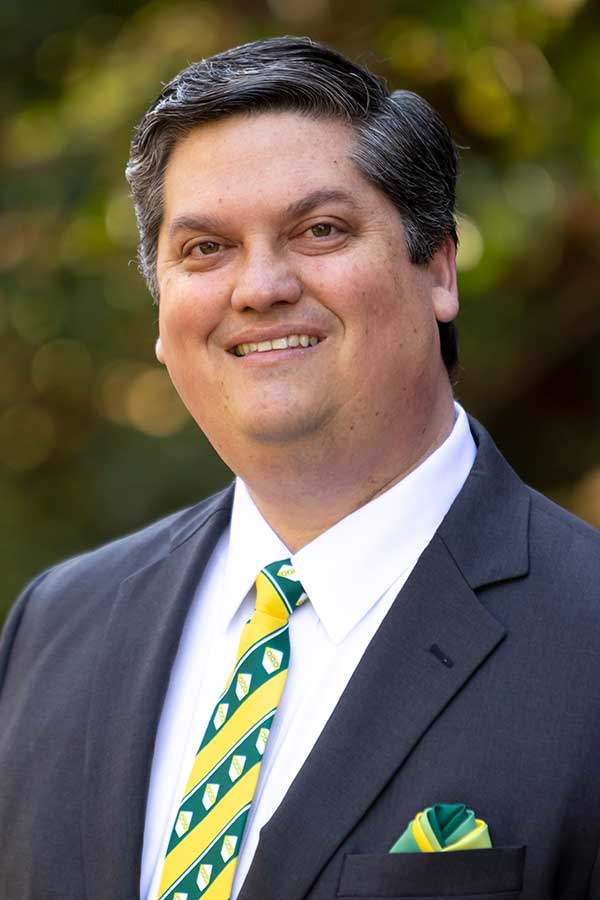
Marc P. Christensen shared a passion for innovative teaching, collaborative multidisciplinary research, proven entrepreneurship, successful fundraising and community outreach in alignment with Clarkson's active community of faculty, staff, students and alumni. A leader in photonics research and technology development, he came to Clarkson after serving as the dean of the Lyle School of Engineering at Southern Methodist University (SMU) in Dallas, Texas.
Early in his career, he was a staff member and technical leader in BDM’s Sensors and Photonics group (now part of Northrop Grumman Mission Systems). His work ranged from developing optical signal processing and VCSEL-based optical interconnection architectures, to infrared sensor modeling, simulation, and analysis. In 1997, he co-founded Applied Photonics: a free-space optical interconnection module company. Dr. Christensen is globally recognized as one of the nation’s key leaders in mapping photonic technology onto applications used for national security. DARPA identified Dr. Christensen as a “rising star in microsystems research” for his development of an adaptive multi-resolution imaging architecture, and selected him to be one of the first of the 24 DARPA Young Faculty Award recipients in 2007. Dr. Christensen received a B.S. in Engineering Physics from Cornell University in 1993, a M.S. in Electrical Engineering from George Mason University in 1998, and a Ph.D. in Electrical and Computer Engineering from George Mason University in 2001.
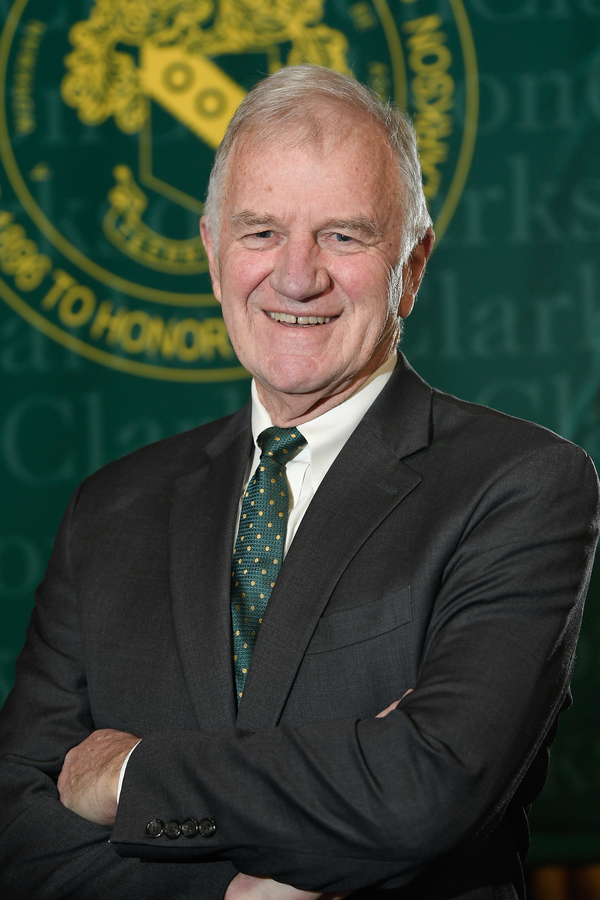
Anthony G. Collins, 16th President (2003-2022)
Tony Collins was the longest-serving president. He was a regional and national advocate for partnerships between higher education and industry, with a focus on advancing sustainable energy solutions and environmental technology innovation. He served on various national and New York State boards and councils, including the Saint Lawrence Seaway Development Corporation, the North Country Regional Economic Development Council, the Commission of Independent Colleges and Universities, the Association of Independent Colleges and Universities, and the “Reimagine” Task Force dedicated to reopening education in New York after the height of the COVID-19 pandemic.
Growing up outside Melbourne, Australia, Collins earned his undergraduate civil engineering degree from Monash University, and master’s and doctoral degrees from Lehigh University in Pennsylvania. Prior to his doctoral studies, he worked for both Australian Consolidated Industries and Utah Development Company. After receiving his Ph.D. in 1982, Collins launched his career at Clarkson as an assistant professor of civil and environmental engineering, assuming increasing levels of administrative responsibility, including department chair, dean, vice president for academic affairs, and provost prior to being appointed president in 2003. Collins and his wife, Karen, were active in the Potsdam community and provided volunteer service to numerous organizations and youth programs.
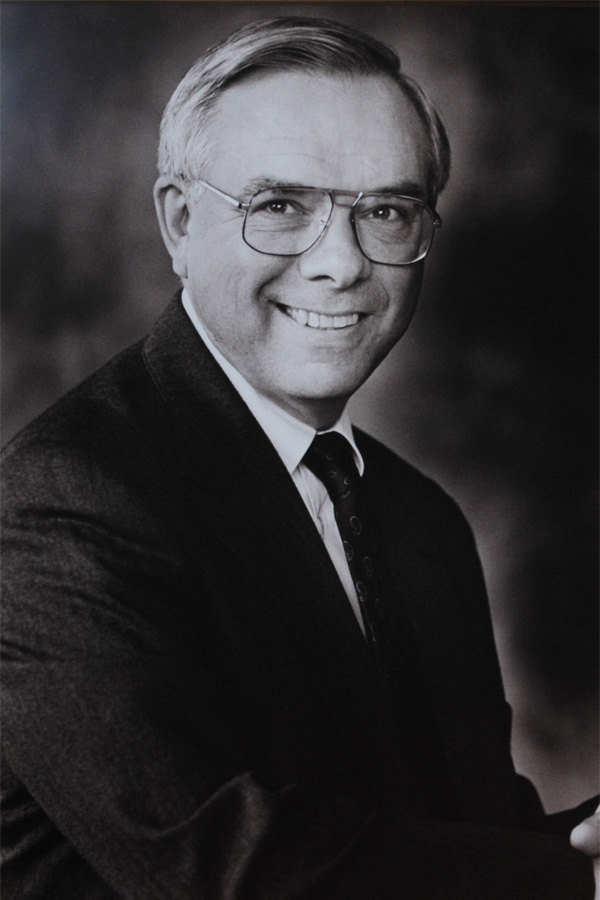
Dennis G. Brown, 15th President (1995-03)
Arriving at Clarkson in 1995 Brown was previously a provost and senior vice president for academic affairs at Drexel University. Brown was a core part of relocating the Engineering School to the Hill in ‘96 and then shortly after the School of Business and School of Liberal Arts and Sciences into Snell Hall in 2000. The Center for Health Sciences was created along with the Master of Physical Therapy degree in 2001 and Canton-Potsdam Hospital’s Rehabilitation Services. In a letter to campus Brown noted “While we look forward to more time on trout streams and to traveling, we also look forward to the coming year, which we are confident will be a very successful one for Clarkson.”
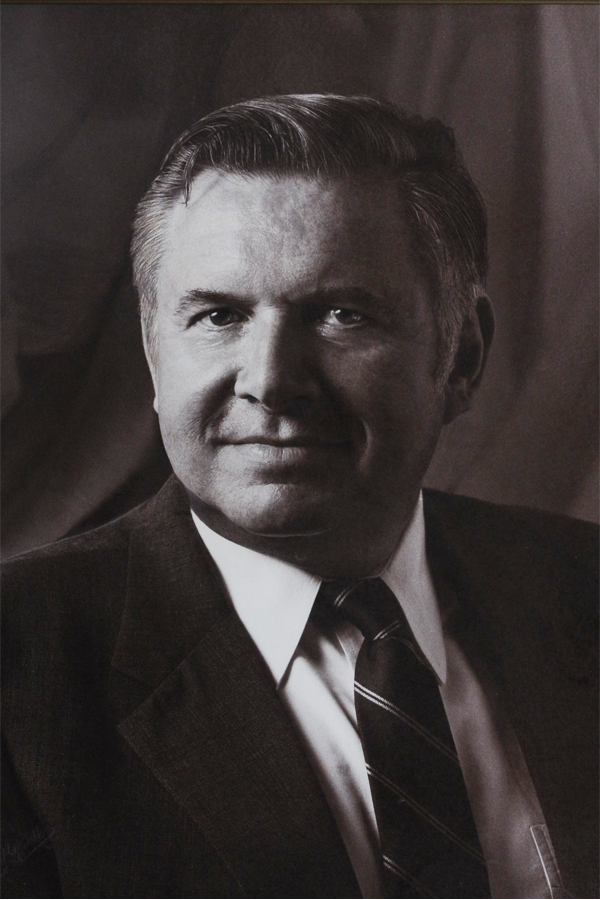
Richard H. Gallagher, 14th President (1988-95)
During his first year Gallagher formed the Minority Student Development Office and a Minority Advisory Committee to help the university achieve ethnic and cultural diversity. Gallagher pursued the construction of a new student center which was completed in 1991. This new facility was the Helen S. Cheel Campus Center, home to the new hockey arena, dining facilities and student life areas. Upon dedicating Cheel Gallagher noted that the opening achieved a goal made 70 years earlier: to fully establish a campus on the Hill. Besides the construction of Cheel, Gallagher led the University's Design for the Future campaign, which amassed more than $58 million in pledges and gifts.
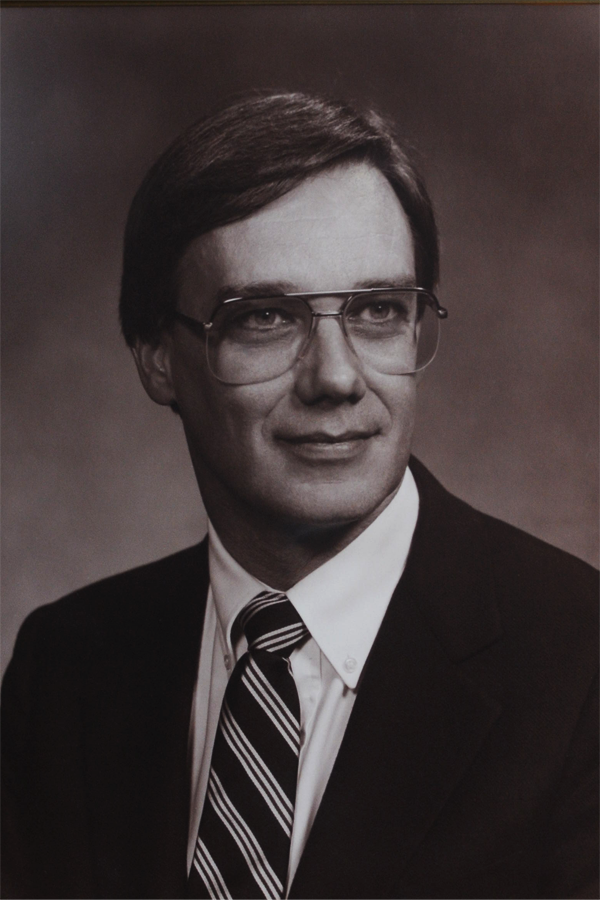
Allen H. Clark, 13th President (1985-87)
Allen Clark was president for just two years - yet he witnessed the creation of the Center for Advanced Materials Processing (CAMP), along with all its state of the art facilities, corporate memberships (Corning, Grumman, Kodak IBM, DuPont and Union Carbide) and its $23.5 million dollars in state funding. He also saw the formation of the Center for the Development of Commercial Crystal Growth in Space, a consortium of eight universities, 11 corporations and two national laboratories. Upon addressing his resignation Clark stated “In my short stay here I have become extraordinarily fond of the institution, its people, and the surrounding area. Clarkson has much to offer a new chief executive and should be attractive to any man or woman of high caliber.”
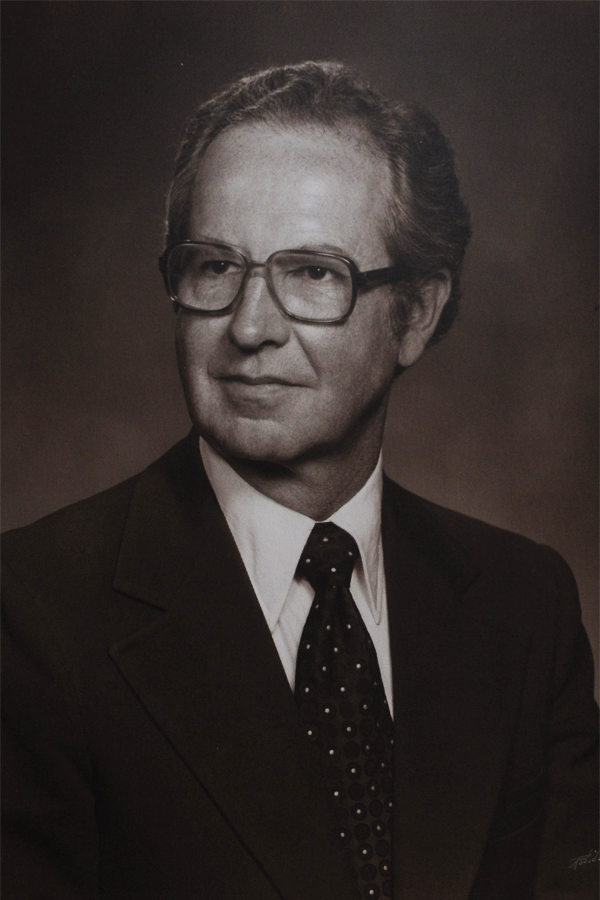
Robert A. Plane, 12th President (1974-85)
Robert A. Plane was responsible for a number of programs that continue to this day at Clarkson. Interest in broadening students’ viewpoints caused him to create a revised first semester freshman course. Called “The Forum,” it was an introduction to great works of literature and philosophy. It was a class in which he believed so much that he taught one section of the course for several years as president. Plane's tenure is also noted for the change of the school's name from Clarkson College of Technology to Clarkson University. Plane made the announcement to the students after the name was changed: “I am pleased that the trustees have taken this step [petitioning the New York Board of Regents to change the name] because I am convinced that this designation better describes Clarkson and that the name change will make Clarkson and its degrees more valuable and appreciated, both nationally and internationally.”
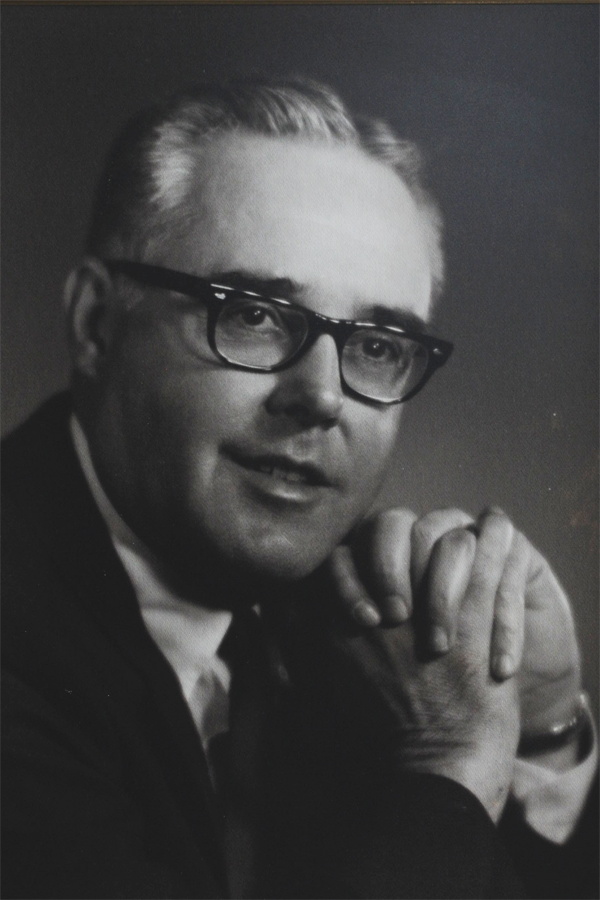
John W. Graham, Jr., 11th President (1966-74)
John W. Graham furthered goals of targeting the Hill for all future building construction. Graham was present for the sale of Damon Field, an airport, to the village of Potsdam as well as the creation of the Associated Colleges of the St. Lawrence Valley (St Lawrence University, SUNY Potsdam, SUNY Canton and Clarkson). Graham requested a change in title from President to Counselor/Chief Executive Officer in 1972, when he was mostly concerning himself with long-range planning, public affairs and fundraising until a new president was chosen in 1974. On September 21, 1974 Graham rose to introduce the new president, Robert A. Plane at a ceremony in Walker Arena. Immediately upon ending his remarks Graham suffered a fatal heart attack. Incredibly, Hans Levi, the college physician, rushed up to provide aid and also suffered a fatal heart attack. The remainder of the ceremony was cancelled.
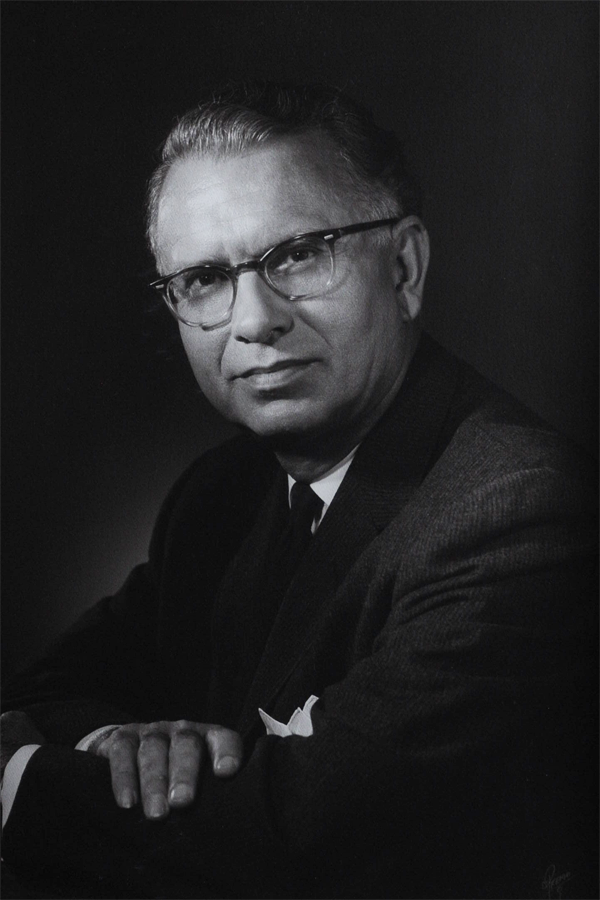
William Louis Whitson, 10th President (1963-66)
William Louis Whitson was a forward thinking president, hoping that by 1971 there would be for the college “an overall enrollment of 3,000, new curricula in such areas as aerospace engineering and astrophysics, expanded liberal studies and humanities, and doctoral programs in at least eight departments. New buildings would include a library, laboratories, classrooms, a swimming pool, hockey arena, and a golf course along the river.” While the enrollment goal would not be reached until 1976 many of Whitson’s hopes would be realized. Whitson himself saw the first academic building on the Hill campus begin construction (the Cora and Bayard Clarkson Science Center) a long-awaited move in the college's relocation to the Hill. Whitson also convinced New York State to install walkways on the two bridges across the Raquette River for the safety of Clarkson students, having to walk across it daily to get to their classes.
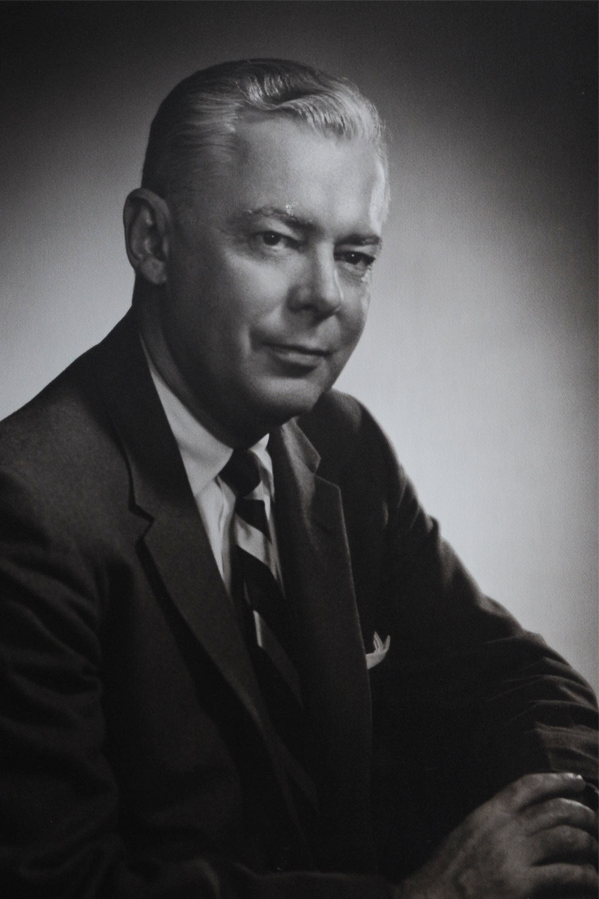
William Gardner Van Note, 9th President (1951-62)
Spending 10 years as president Van Note had a lengthy list of accomplishments. He obtained funding for a dormitory on the Hill campus and for a student union (Lewis House) on Main Street in 1952. In 1953 Clarkson began a new program that combined engineering and business to train technical salesmen and called Industrial Distribution (now called Engineering and Management). Snell Hall was sold to the College in 1954 as Potsdam State moved to its current location on the outskirts of Potsdam. Van Note was also responsible for adding a number of programs including; BS in Physics (1951), ID Program (1954), BS in Mathematics (1961), BS in Liberal Studies (1961), MS in Science (1961) and PhD in Chemistry and Chemical Engineering (1961). William Van Note resigned in 1962 to become president of Monmouth College in New Jersey.
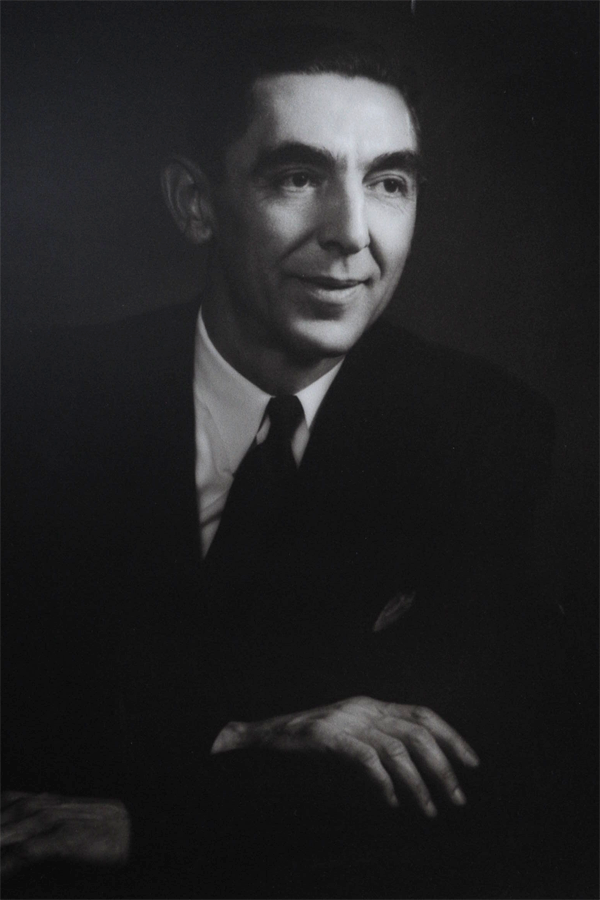
Jess Harrison Davis, 8th President (1948-51)
The class of 1951 elegantly described Davis’s time as president in their yearbook “President Jess H. Davis has done a remarkable job in directing Clarkson College for the past five years. He has not only had to preside over an educational program greatly expanded by the heavy college enrollment since the end of the war, but he has, in addition, required high academic standards which have been reflected in the esteem that Clarkson has among other colleges and in the technical field." Davis left Clarkson a stronger institution having encouraged it to blossom in the wake of the Depression and World War II. Now with a liberal studies department and two new buildings, Clarkson was back on track with a rising enrollment.
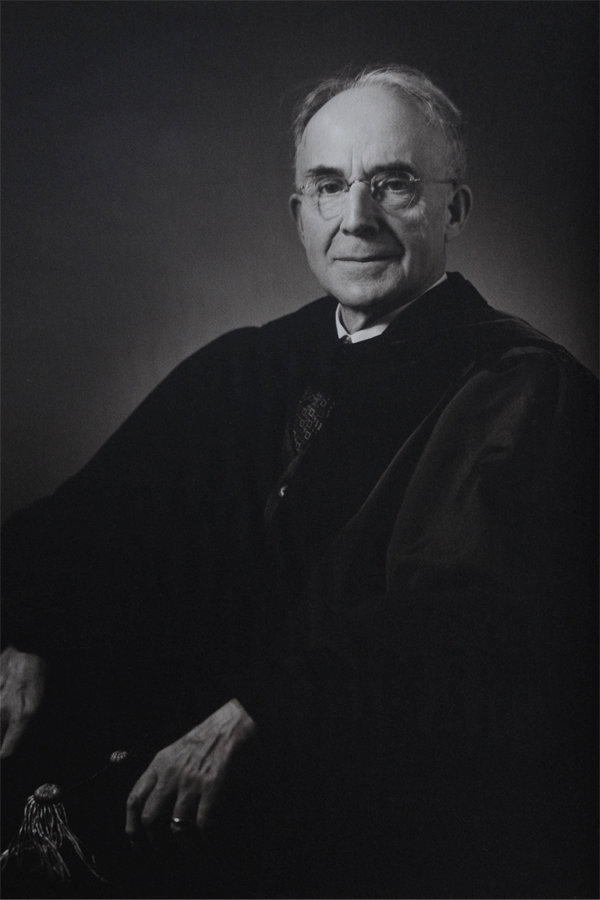
John Alexander Ross, 7th President (1940-47)
Rising from his position as Dean of Administration and a Professor of Mechanical Engineering, Dr. Ross became the President in 1940. He was the leader at Clarkson during WWII and also was present for both the selective service draft in 1940 and the then following influx of students following the passing of the GI bill in 1944. Clarkson founded it’s Malone branch in 1946 to handle the large increase in students and once the enrollment tapered off in 1951 this branch was discontinued. In a yearbook address Ross states “The powers of sound and logical reasoning developed by your scientific studies at Clarkson will aid you in fulfilling your functions as citizens. We send you forth with every good wish for your success in war and peace”. In his 37 years on campus as faculty and president he witnessed the institution grow from a school with 57 students and nine faculty to a college with over 1500 students.
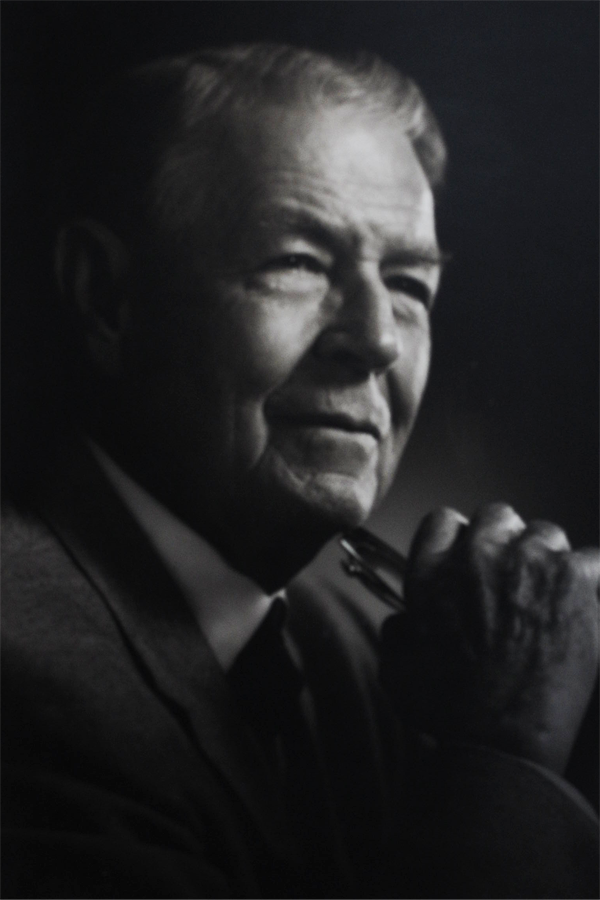
James Shelby Thomas, 6th President (1934-40)
The Clarksonian yearbook of 1937 describes Dr. Thomas as follows: “In his line of duties as President of our school, Dr. Thomas has instituted many modern changes that have brought the level of Clarkson closer to that of the best schools in the country. Through his winning personality and pleasing oratory he has made many friends for Clarkson in districts which had heretofore been unfamiliar with Clarkson.” The class of 1939 concurred with their past classmates in saying “Like the Captain, who, with his experienced hands, guides his ship safely from port to port, so Dr. Thomas, with his keen insight and pleasing personality, shapes and directs the destinies of Clarkson; always planning, always seeking, always hoping for a new and better, Clarkson.” Thomas is credited with receiving New York State Regents approval for Clarkson to award honorary doctor of engineering degrees. After a presidency noted for his many speaking engagements throughout the country Thomas resigned from his post on June 15, 1940.
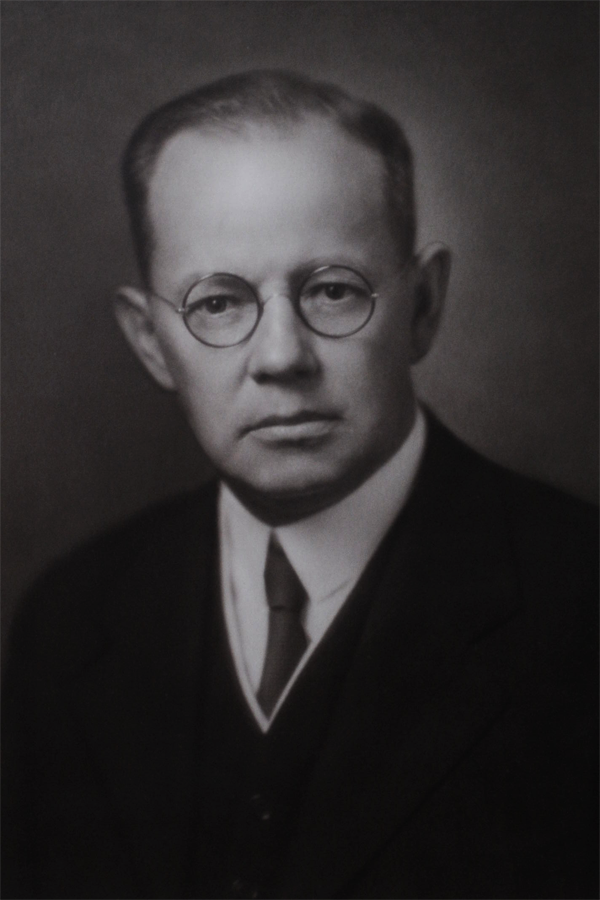
Joseph Eugene Rowe, 5th President (1928-32)
Dr. Joseph Eugene Rowe took up the position of president shortly after the Clarkson family’s gift of the hill campus to the college in 1927. Dr. Rowe was a well traveled author, professor, an experienced ballistician and a tennis champion in Virginia. He was also an inventor with him being responsible for creating the Plane Trinometer. This trigonometric device solved plane triangles with a mechanical operation, saving time by not having to calculate cosine and tangent laws. He made an endorsement of the student paper in a statement on the front page of the 1930 issue of The Integrator: “Upon the editorial staff of the Integrator rests the responsibility of accurate portrayal of the College to others and an honest revelation of us to ourselves. Through its instrumentality we may be placed in a position to purge our College of anything objectionable, if such should be discovered, and to idealize all that is good, of which there is an abundance.”
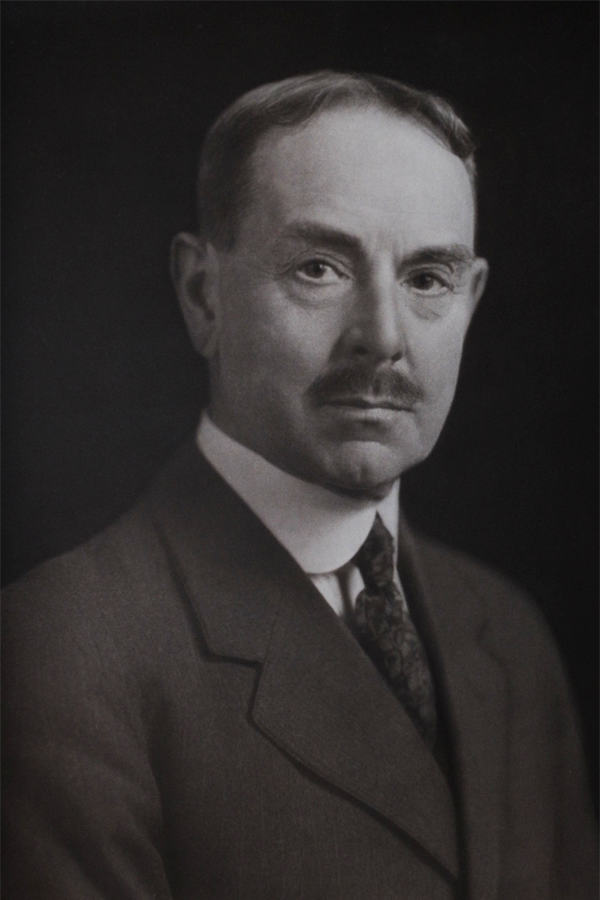
John Pascal Brooks, 4th Director/President (1911-1928; 1932-33)
Under Dr. Brooks the name of the school was changed to The Thomas S. Clarkson Memorial College of Technology. Upon changing the title from school to college this allowed Clarkson to confer its own degrees and made it’s students eligible for scholarships related to higher education. Degrees before this point were considered a B.S. from the State University of New York. A new school seal was created featuring the Clarkson family coat of arms using the new school motto to surround it. Brooks is the first to officially hold the title as President, this also shifted when Clarkson adopted ‘college’ into its name. Brooks saw the beginning of the hockey team in 1921 as well as; the business administration curriculum, formation of an honor society and the start of the student newspaper The Integrator in 1919.
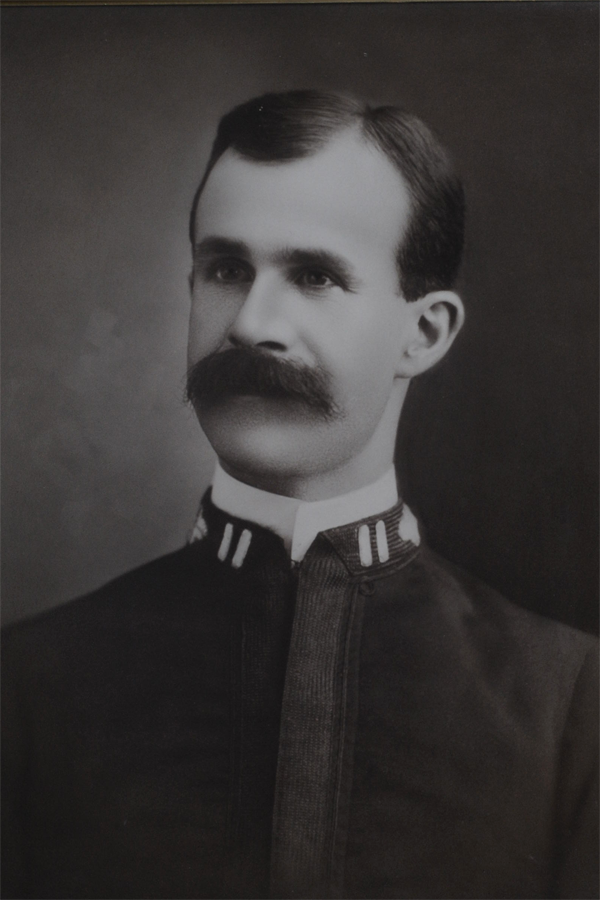
William Sleeper Aldrich, 3rd Director (1901-11)
Along with Miss Elizabeth and Miss Frederica Clarkson, William Aldrich helped choose Clarkson’s motto: “A workman that needeth not to be ashamed." During his 10 year stay the enrollment of Clarkson quadrupled from 13 to 72. The new major of civil engineering was also added by Aldrich and faculty. His fundraising was responsible for the construction of the gymnasium, which later became the library in 1956. Clarkson ceased to be a co-ed institution in 1907, remaining this way until 1956. Leaving in 1911 due to his advancing deafness, he was presented a solid silver cup by the Clarkson sisters, Elizabeth and Lavinia, in recognition of his numerous contributions as director.
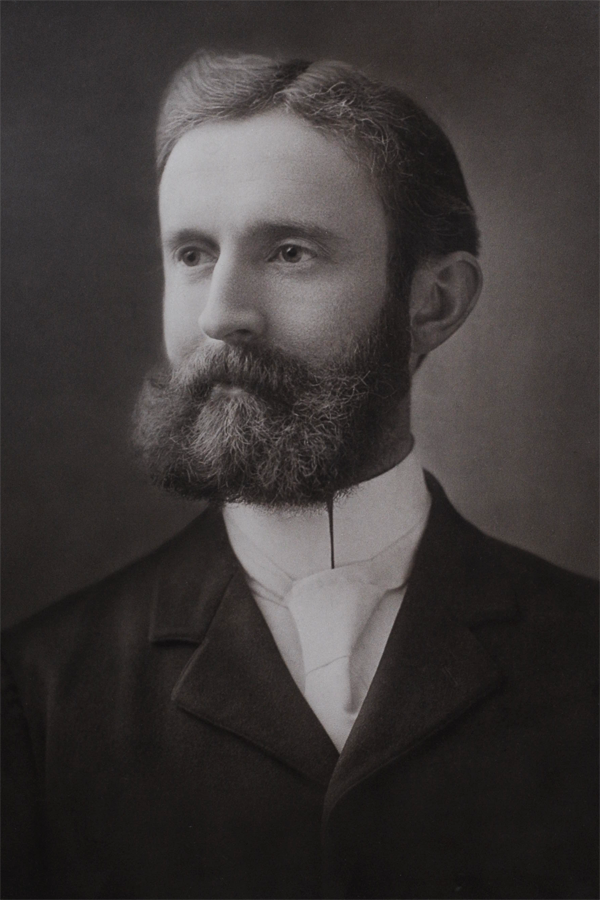
Barton Cruikshank, 2nd Director (1897-1901)
Barton Cruikshank is responsible for beginning the mechanical and civil engineering programs. These became the second and third engineering majors adding to the existing electrical engineering major. He encouraged the formation of the Clarkson Athletic Association which continues to this day. Cruickshank oversaw Clarkson’s first-ever graduating class, three women from the domestic program (Melita N. Hewards, Mary E.Sanford and Helen M. Story). After students from the class of ‘02 swiped the clapper from Potsdam Normal School’s bell, Cruikshank charged each participant 73 cents for its replacement.
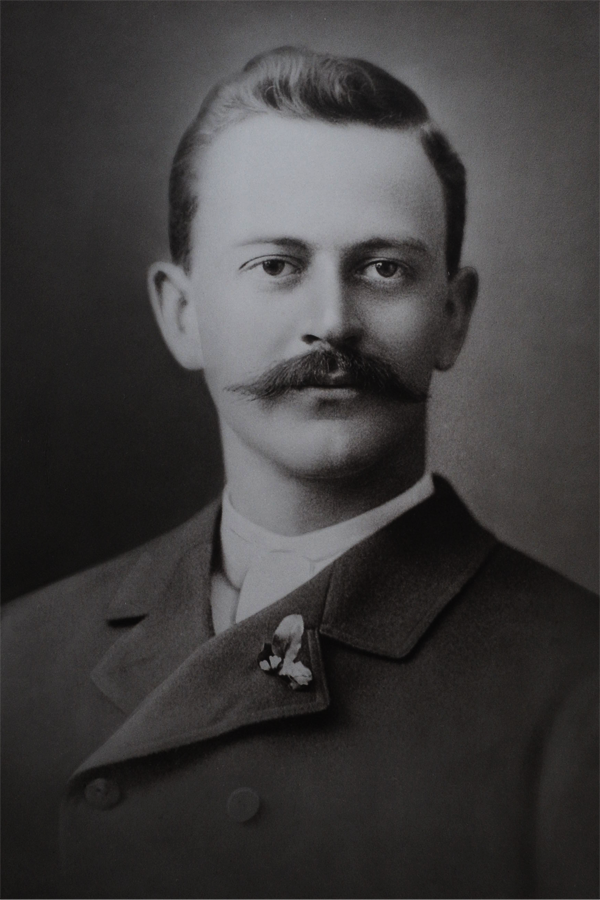
Charles W. Eaton, 1st Director (1896-97)
The Trustees chose Charles W. Eaton to serve as the first director of the university. He penned the inaugural curriculum: "First Circular of Information." This threefold plan for the college focused on developing the "Technical, Normal, and Liberal" aspects of a student according to Thomas S. Clarkson’s philosophy. As Bradford B. Broughton in "A Clarkson Mosaic" describes it: “In all probability the original founders would have been satisfied with a two-year trade school. However, due to Eaton’s foresight and his four-year plan, the Clarkson School would educate engineers for their professions in the most modern types of technology."
